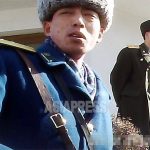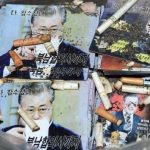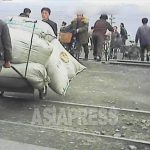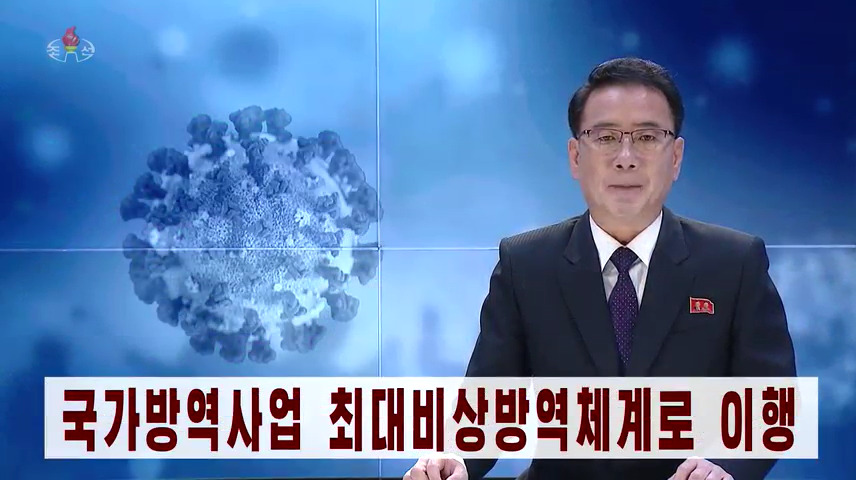
The North Korean regime acknowledged an outbreak of COVID-19 on May 12. On June 30, around 50 days after the announcement, the National Emergency Quarantine Command released a report stating that of the 4,744,430 fever patients reported, 4,736,220 had recovered, while only 73 people had died. However, there is increasing doubt in North Korea about these figures, including criticism that the data is being fabricated. ASIAPRESS recently conducted an investigation through its reporting partners in the northern region of the country to find out how many people had died in their residential districts since May 12. The investigation found that many people suffering from preexisting conditions - largely due to malnutrition - are dying from COVID-19. (ISHIMARU Jiro, Kang Ji-won)
◆ Inminban: A source of information about COVID-19 deaths
The investigation covered three cities and seven areas of Yanggang and North Hamgyung provinces, focusing on the number of people who had died from May 12 to June 20 based on information gleaned by reporting partners from their own inminban and inminban in nearby neighborhoods.
Inminban are North Korea’s lowest administrative unit and are generally made up of 20-30 households. They transmit orders given by local district offices to the people, and are tasked with monitoring in detail the “trends” among the people to report to higher authorities.
After the Kim Jong-un regime acknowledged the COVID-19 outbreak, the heads of inminban and quarantine officials went around to each household to test their occupants for fevers two to three times a day. People with fevers were generally forced to isolate in their homes given the authorities believed that they may have been infected with COVID-19.
The authorities have handled the transfer and cremation of dead bodies through the inminban, with means inminban have collected and reported the number of deaths that occurred among their households on a daily basis. In short, reporting partners are well-placed to understand how many people have died based on numbers collected by the inminban in their residential districts.
The investigation faced several constraints, however.
1 There’s no way to know whether someone died of COVID-19 or not.
・PCR tests and other ways of diagnosing COVID-19 have been rarely used in North Korea, although they may be in use in the capital of Pyongyang and among high-ranking officials. As such, there is a high likelihood that disease control authorities outside of Pyongyang have been unable to identify the cause of deaths that have occurred in their areas.
・Reporting partners judged whether themselves or someone around them was infected by COVID-19 based on the general symptoms associated with COVID-19. Their judgements are no more than guesses.
2 The investigation had geographical limitations.
・The sample size of the investigation was small, as it took place only in Yanggang and North Hamgyung provinces. ASIAPRESS did not receive information from other regions or from Pyongyang.
Readers should keep the aforementioned limitations of the investigation in mind while reading the following report.
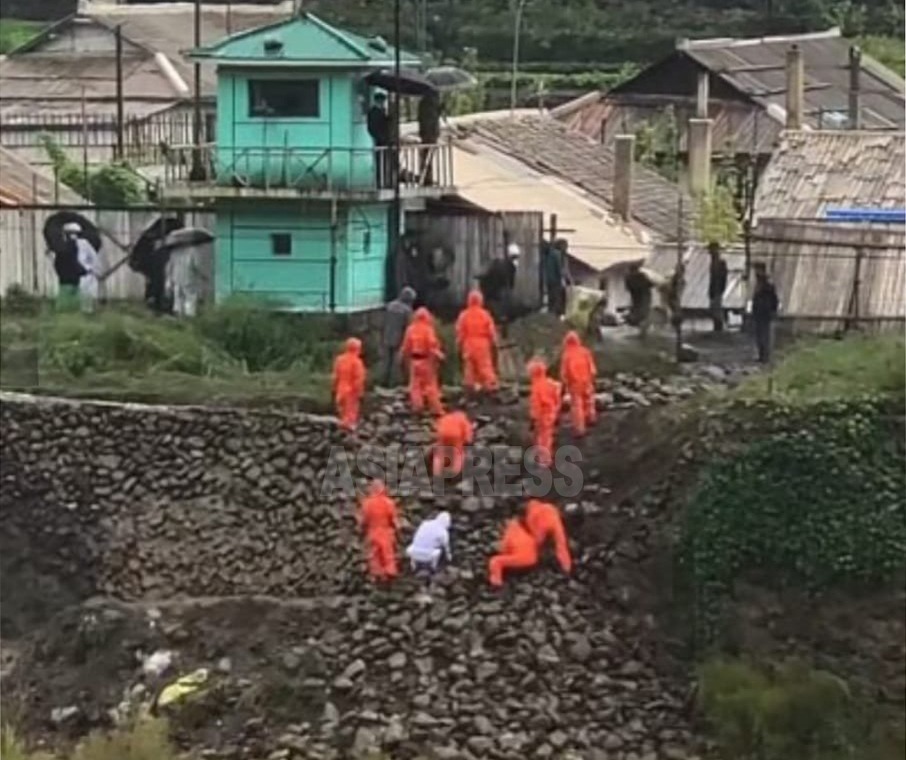
◆ Some inminban suffer death rates of 3-5%
“City A” in North Hamgyung Province
Inminban are made up of an average of 20 households, which comes out to around 50-60 people. Our inminban suffered three deaths, while two inminban nearby suffered 4 and 5 deaths, respectively. I’ve heard that there was even an inminban that suffered 5-7 deaths.
I think that most people in “City A” have been infected with COVID-19. I did, too. There were even cases that occurred among those mobilized for farm work. People with fevers are quarantined at home and (the authorities) come around to disinfect their homes. Fever patients are given Chinese-made fever reducers, but that’s the limit of government involvement. As of late June, the state doesn’t do much of anything for people who have gotten infected. The authorities seem to think there’s not much of a problem under the belief that people will suffer for a day or two before getting better. Quarantine rules, however, are still strictly enforced.
The authorities rarely hand down diagnoses about whether someone has died from COVID-19 or not. Since most people who have died had suffered from preexisting conditions, the authorities just claim the people died from those preexisting illnesses. There have even been people who have died of starvation. The biggest issue facing people now is the lack of money to buy food. Most people eat just twice a day, but there are even those who are forced to eat just once a day. Life (for many people) has gotten really hard when you add COVID-19 on top of everything else.
